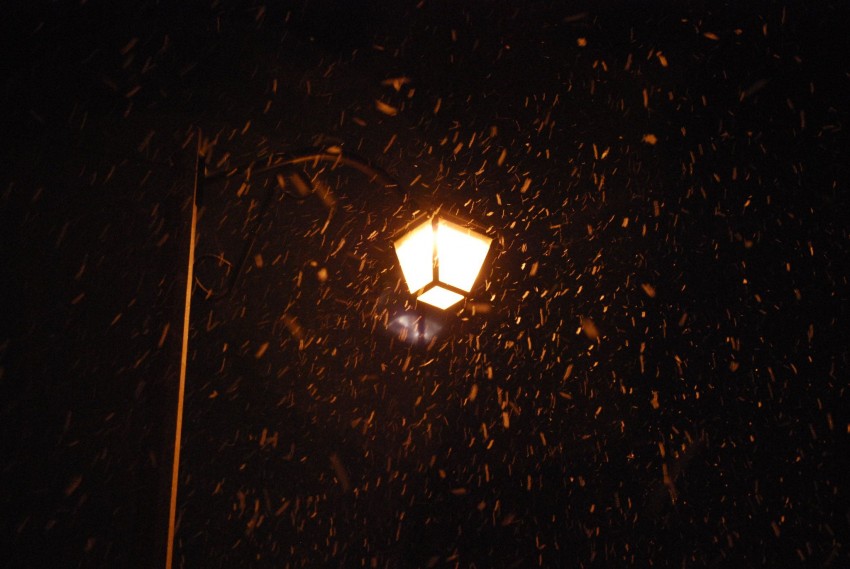People have been watching for thousands of years Insects gather around bonfires or lamps. This phenomenon has been attempted in several ways, from attracting insects with light to confusing a lamp with the moon, which is supposed to help insects navigate. Scientists have finally come up with a reasonable explanation for this phenomenon. The artificial light is a trap for insects that fly nearby, and it does not attract insects from a distancesays Samuel Fabian of Imperial College London.
Fabian and his colleagues filmed the insects in the lab with a high-speed camera and used stereo imaging techniques to replicate the insect’s flight path under natural conditions. Thanks to this, they noticed that when an insect flies over an artificial light source, it often turns around and tries to fly upside down, as a result of which it falls. However, when it flies under a light source, it begins to perform the barrel roll, known to us as aerial acrobatics. At some point, flying upward at a very large angle, the insect stops and begins to descend. Finally, it was noticed that when an insect approaches a light source from the side, it can start circling around it. The recordings show that the insects approach the light source at a certain angle, and not fly straight ahead.
What these three ways of approaching light—from above, below, and from the side—have in common is the mechanism of interaction with light from the dorsal side found in many insects. Thanks to him, the animal knows where the mountain is and can keep the body in the correct position. Even at night, the sky is much brighter than on Earth, and thanks to this mechanism, the insect can turn its back up.
It is for this reason that insects flying near an artificial light source react to it differently, depending on their location relative to the source. Moreover, the strength of this mechanism varies among species. Some species use different ways to orient themselves where the top is and where the bottom is, and the dorsal reflex may not be the dominant method at all. There are also species, such as the fruit fly and oleander moth, that don’t turn upside down or start circling around artificial light. However, in many species the dorsal response is dominant and they circle around the artificial light.
The discovery could help develop ways to protect insects from light, which is important because their global population is rapidly shrinking. This means fewer pollinators and less food for other animals, such as birds and fish.
With search details you can to get to know On the bioRxiv website.

Echo Richards embodies a personality that is a delightful contradiction: a humble musicaholic who never brags about her expansive knowledge of both classic and contemporary tunes. Infuriatingly modest, one would never know from a mere conversation how deeply entrenched she is in the world of music. This passion seamlessly translates into her problem-solving skills, with Echo often drawing inspiration from melodies and rhythms. A voracious reader, she dives deep into literature, using stories to influence her own hardcore writing. Her spirited advocacy for alcohol isn’t about mere indulgence, but about celebrating life’s poignant moments.




.jpg)




